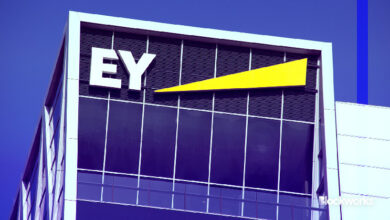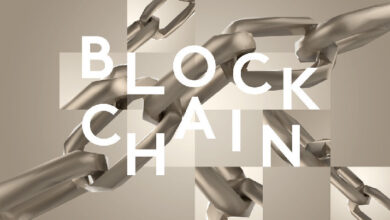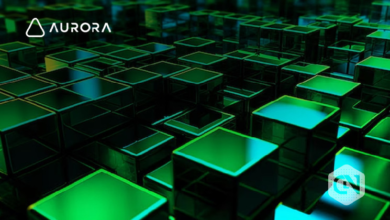Arbitrum And Layer 2 Scaling: What You Need To Know
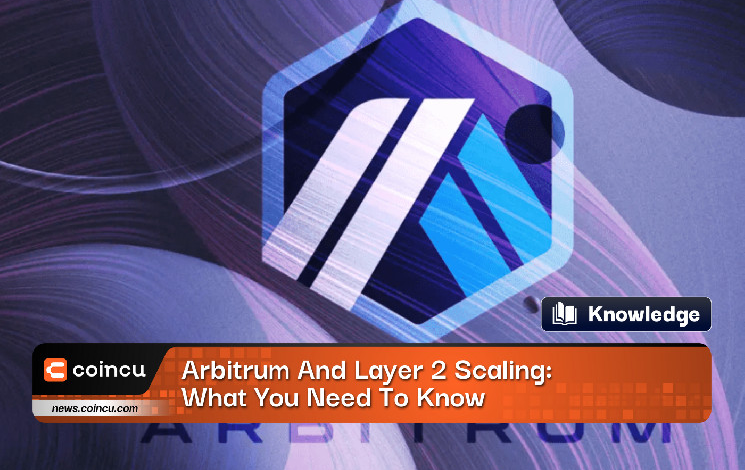
What Are Layer-2 Scaling Solutions?
Blockchain technology offers enormous benefits – decentralization, trustless interactions, high levels of security, and immutable record keeping. It has allowed a booming crypto ecosystem to flourish and has underpinned consistent technological innovation. However, scalability is one of the main problems with many blockchain networks. Scale issues are when the amount of data passing through the blockchain is limited due to insufficient capacity.
Ideally, a blockchain could process countless transactions per second, also known as throughput or with the acronym TPS.
However, like many other blockchains, Ethereum has reached a point where it now faces a scalability challenge. As of the summer of 2022, Ethereum processes an estimated 500,000 transactions per day, i.e., 30 TPS. By comparison, Visa’s payment system can handle up to 150 million transactions per day and 65,000 TPS — far beyond the capabilities of Ethereum.
Reaching the blockchain’s limit will lead to network congestion (which can take hours to process) and highly high gas fees.
Scaling solutions can solve the problems mentioned above by providing blockchain respite without increasing block size or introducing other measures that could interfere with capacity decentralization and high-security technology.
This solution aims to solve the blockchain’s scalability problem by processing transactions on a third-party network instead of the Ethereum mainnet (Layer-1). In doing so, it not only eases the workload on the mainnet but also maintains the same security standards and decentralization of the underlying blockchain.
What is Arbitrum?
Offchain Labs’ Arbitrum One is a Layer 2 (L2) scaling solution for Ethereum, introduced in 2021. This layer-2 aims to reduce transaction fees and increase the ability to process thousands of transactions per second, just like any scaling solution. It moves computation and contract storage from the Ethereum main chain, allowing for significantly better throughput. Transactions on Arbitrum only cost a few cents to complete.
Although a separate blockchain, it uses Layer 1 (L1) privacy and security features and forwards all transaction information to the main Ethereum chain. Furthermore, developers can easily integrate Arbitrum without modification as it supports the Ethereum Virtual Machine (EVM).
Outstanding Features Of Arbitrum
Many networks were introduced with the promise of solving Ethereum’s problems. Some of these networks include Polkadot (DOT), Cardano (ADA), and EOS (EOS), which are separate blockchains backed by Proof of stake (PoS) protocols that promise to solve scalability issues and extensibility extension of the Ethereum network.
Unlike these solutions, Arbitrum acts as a separate layer of the network to reduce the ETH mainnet from redundant transactions by facilitating smart contract validation by introducing the Ultimate Compilation of Arbitrum.
Arbitrum is now EVM (earned value management) compatible, which means developers don’t need to learn a new coding language to be able to build their DApp within the Arbitrum mainnet.
Meanwhile, Arbitrum One also seeks to reduce fees by allowing smart contracts to be validated in batches while compensating validators for their efforts.
Why Arbitrum?
Making Ethereum Affordable
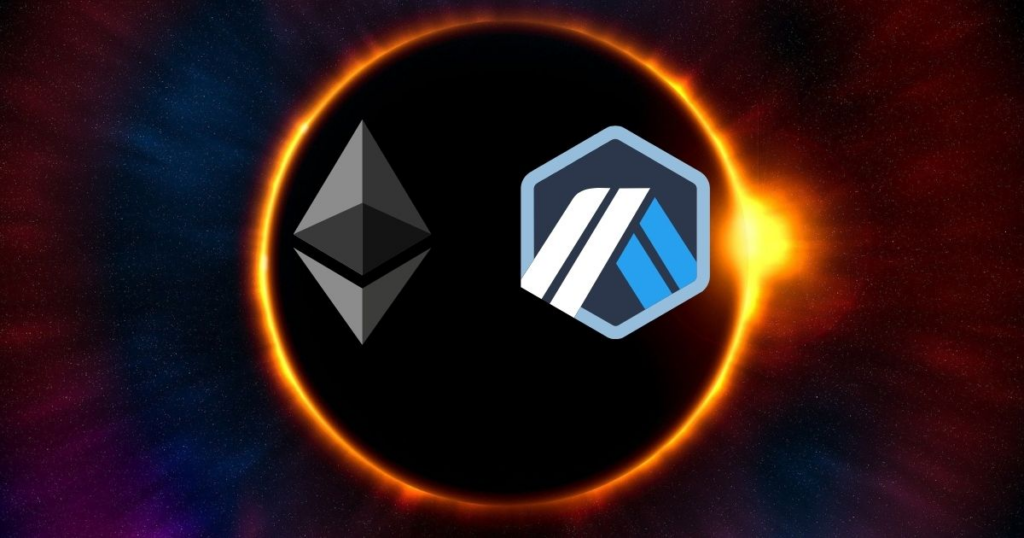
Arbitrum aims to provide users access to a suite of DeFi applications while harnessing the security of the world’s most secure and decentralized blockchain. At the time of writing, token swaps on this network are at approximately 0.6 cents while remaining much higher at $15.00 on Layer 1.
Arbitrum uses ArbGas to track execution costs on the Arbitrum chain. Each Arbitrum VM instruction has an ArbGas price, and the computational cost is the sum of the ArbGas fees of the instructions in it compared to Ethereum’s gas limit.
This means there is no hard ArbGas limit on Arbitrum, and it is much cheaper than ETH gas fees. This fee is normally charged to compensate for the costs of those validating this chain, although by default, it is set to 0.
Your portal to DeFi

Arbitrum currently has 211 DeFi applications available today, with many more expected to roll out as we move into 2022. Blue chips like Aave, Uniswap, and Curve Financing are excellent protocols currently available on the Arbitrum Network. In the future, as the Ethereum ecosystem expands and Layer 1 fees get higher and higher, we expect most end-users to migrate to Layer 2 and use these scaling solutions to perform their operations and their usual DeFi activity.
Arbitrum Nitro – Ethereum Accelerator Engine
Arbitrum launched Nitro on August 31. Nitro is an essential technology upgrade for Arbitrum that aims to be more EVM-compatible, create a better user experience, reduce fees, and increase transaction speed.
Nitro is a new proof that can perform Arbitrum’s classical interactive verifications of fraud using WebAssembly (WASM) code.

If we zoom out, we can see that both classic and Nitro do the same thing: find a way to set up an execution environment as close to the EVM as possible, acting as a second layer to the EVM. Ethereum.
However, unlike Classic, Nitro uses WebAssembly instead of AVM for low-level instruction. It compiles Go code to WASM, deploys to ArbOS, and includes Geth’s most widely used Ethereum implementation. Classic achieved compilation through a custom virtual machine called AVM (Arbitrum Virtual Machine).
One essential characteristic distinguishing the Nitro from the Classic is the architecture. The AVM connects to the bridge and regularly validates the transactions between L1 and L2.
Merge Ethereum and gas fees
At the end of 2022, Ethereum took a big step towards sharding by completing the Ethereum merger. This merger is supposed to reduce congestion on the Ethereum chain and make it easier to confirm transactions. However, Ethereum’s congestion problem persists despite the consolidation, which means that Arbitrum and similar grades will likely become even more popular.
Arbitrum not only solves the problem of reducing congestion on Ethereum but also the problem of gas fees. The greater the congestion on the ETH network, the higher the gas fees one has to pay for fast transactions. However, it solves that problem because contracts are now batch validated.
Conclusion
Early L1s like Ethereum and Bitcoin valued decentralization and security over scalability, as demonstrated by the high gas fees on both platforms. However, Arbitrum aims to solve this impossible trinity in the blockchain by implementing Optimistic Compilations that meet all three factors.
As more of these significant DeFi applications are powered on top of scaling solutions like Arbitrum, the overall adoption rate of Layer 2 protocols is expected to increase significantly.
However, the Ethereum community believes that the long-term comprehensive solution involves the implementation of zk-Rollup. As the most advanced L2 platform, Arbitrum hopes to continue absorbing current technology trends to scale the platform and drive its expansion.
DISCLAIMER: The Information on this website is provided as general market commentary and does not constitute investment advice. We encourage you to do your own research before investing.

